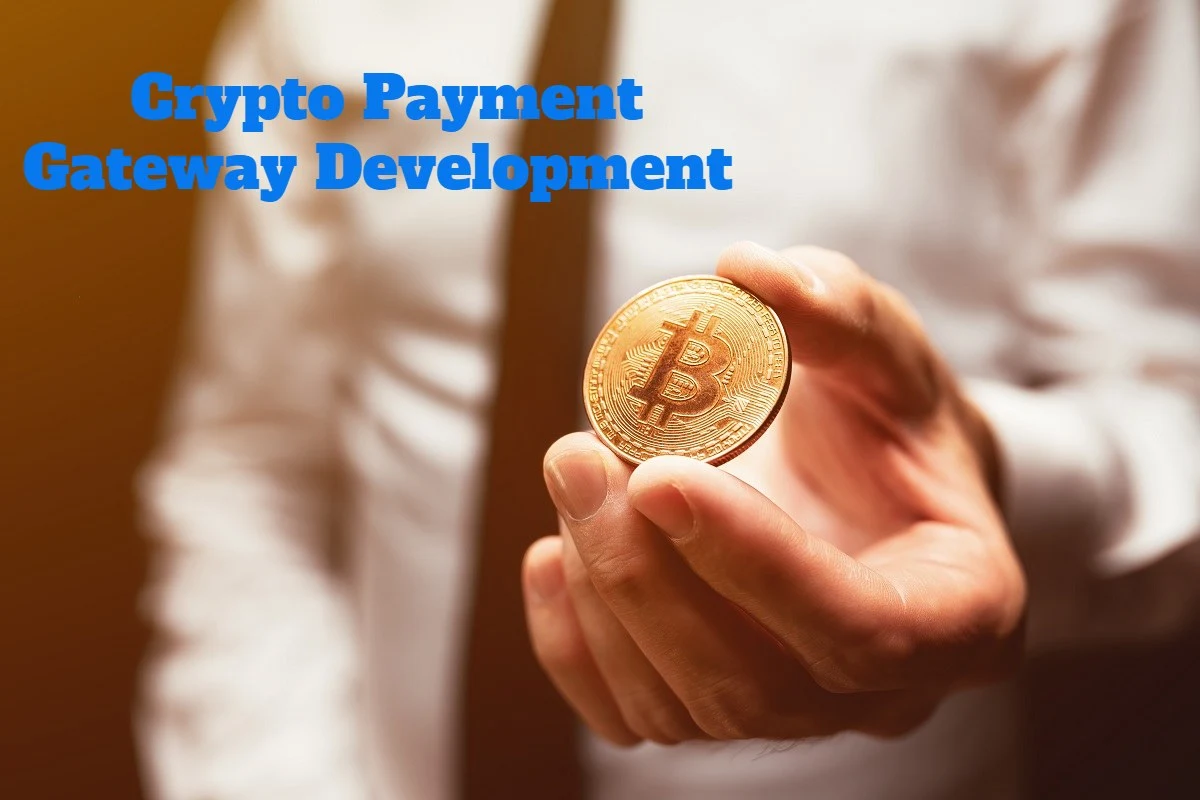Developing blockchain payment solutions is a lucrative and rewarding business venture – but it’s not easy! The world of finance is being changed by blockchain technology, and cryptocurrencies are quickly gaining traction. Businesses need a bridge between the traditional fiat and digital asset ecosystems: crypto payment gateways.
However, building a secure and user-friendly gateway requires careful planning and execution. This comprehensive guide to crypto payment gateway development takes you through each step, from understanding the landscape to ongoing maintenance (check out the Topflight research to learn more).
Developing Blockchain Payment Solutions 101
A crypto payment gateway is essentially a digital bridge connecting the world of traditional fiat currency with the burgeoning ecosystem of cryptocurrencies. It allows businesses to accept payments in various digital assets, like Bitcoin, Ethereum, and stablecoins, from their customers while offering several benefits:
- Faster and Cheaper Transactions: Crypto payments often boast faster transaction speeds and lower fees compared to traditional methods.
- Increased Security: Blockchain technology underlying cryptocurrencies offers inherent security features, reducing the risks of fraud and chargebacks.
- Global Reach: Crypto payments transcend physical borders, opening up new international markets for your business.
Let’s make a blockchain payment system! Here are the steps to follow:
Demystifying The Crypto Payment Gateway
Imagine a seamless bridge for buyers and merchants to exchange cryptocurrencies. Your gateway accepts various digital assets, converts them to fiat if needed, and settles the transaction securely.
You’ll need to ensure that the gateway can integrate seamlessly with your existing systems, enabling crypto payments alongside traditional methods. Think of it as adding a new lane to your existing payment highway.
Knowing Your Audience
Creating a payment gateway for cryptocurrency always starts with planning. Are you catering to online stores, physical shops, or a mix? Understanding your audience helps tailor features and functionalities. Will you be the Bitcoin haven, the Ethereum enthusiast, or a multi-currency maestro? Choosing the right digital assets attracts the right customers.
Will you conquer a local market or aim for international domination? Geographic focus determines compliance requirements and marketing strategies.
Building The Foundation
Now, you’re ready for the foundational stage of blockchain payment processor development.
Choose between cross-platform tools like React Native, Flutter, or native development for optimal device integration. Think of it as building the user-facing facade of your gateway.Node.js and Python offer flexibility, while Java provides enterprise-grade security. You should need to select the correct backend engine. Web3.js for Ethereum, specific SDKs for others – each blockchain has its own language. Find the right interpreter to connect your gateway to the chosen blockchain.
Team up with reliable and secure crypto payment processors to handle the heavy lifting of transaction processing.
Security: The Fortress Of Your Gateway
Developing cryptocurrency payment solutions means you have to take responsibility for security.
Strong encryption like AES-256 safeguards data at rest, while TLS/SSL protects it in transit.
Keep private keys secure with hardware security modules or multi-party computation protocols. Go beyond passwords with fingerprint, facial recognition, or hardware tokens.
Once that’s complete, conduct penetration testing and audits by independent experts regularly.
Finally – compliance. Follow the rules of AML and KYC regulations to keep focus on the right side of the law.
User Experience
Your gateway has to be easy to use. Make the payment process clear and straightforward for both buyers and merchants. Companies should up-to-date their users by real time information on their transactions.
Offer tutorials and information about cryptocurrencies and your gateway. Break down language barriers to expand your reach.
Testing, Deployment, And Beyond
Conduct unit tests, integration tests, and user acceptance testing to ensure flawless functionality. Select a safe and dependable cloud platform for deployment. Regularly update your gateway with new features, security patches, and bug fixes.
Help your customers with their questions and their problems through providing helpful and faster customer service. You can establish a community around your gateway through social media, forums, and educational initiatives.
Remember, building a successful crypto payment gateway is an ongoing journey. By following these steps and prioritizing security, user experience, and continuous improvement, you can create a bridge that connects businesses and customers in the exciting world of cryptocurrencies.
Developing blockchain payment solutions might not be easy, but it will be worth it!
Here you can find comprehensive information about FinTech development of any type topflightapps.com.




